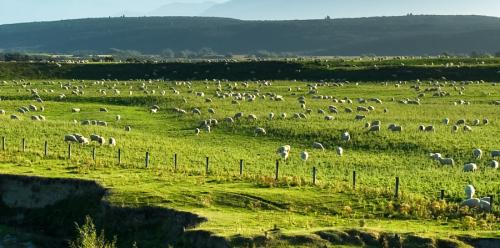Search results
Displaying 51 - 60 results of 406
- PodcastFind out more More information on the maternal and terminal indexes we discuss can be found at www.ramindex.co.nz The the ram buyer guide is downloadable at bit.ly/Ram-Buying-Guide Check out the …

- Resource book… pasture crop related animal health factors 77 facial eczema sporodesmin poisoning 77 ryegrass … during summer interacting suppressive factors facial eczema ryegrass endophyte associated …
- Resource book… 10 sandra steve parrott raglan effects facial eczema beef cattle 12 grant christine west … treatment maintain livestock performance face facial eczema challenge setting trial trial …
- Resource book… care sampling pastures andor faeces facial eczema spore counts appropriate time year … include internal parasites worms liver fluke facial eczema trace element deficiencies …
- Factsheet… preventative flock health programme parasites facial eczema footrot flystrike pneumonia isolate …
- News… webinar to provide valuable insights into the Facial Eczema Tolerance Test currently in development … as part of the broader Eliminating Facial Eczema Impacts (EFEI) programme. …

- News… on farmers to take part in a groundbreaking Facial Eczema research project by collecting sheep …

- Factsheetwwwbeeflambnzcom 0800 beef lamb 0800 233 352 farmers farmers 37 1 20 25 convenience sample cattle faecal egg count reduction tests new zealand 20212024 factsheet introduction results last …
- News… fields to help farmers address these issues. Facial Eczema Dr Axel Heiser explained how a large, … the production-limiting disease that is Facial Eczema (FE). This programme will look … Parasites, Facial Eczema and Dairy Beef integration all …
